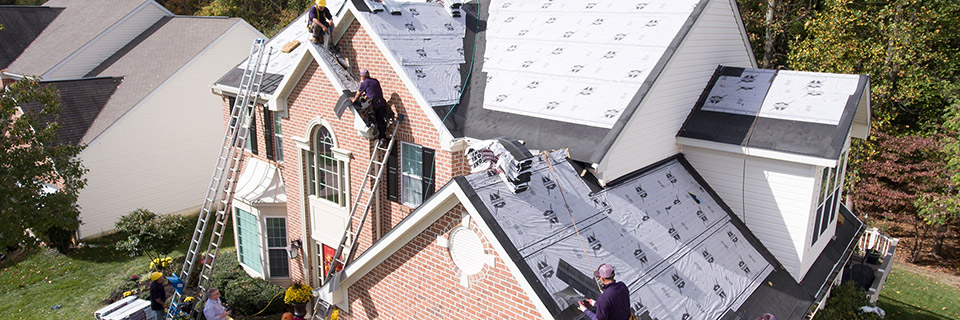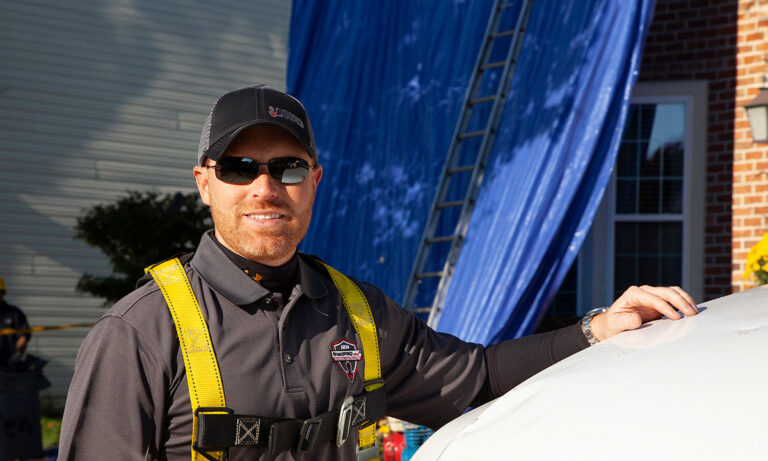Roofing Do’s and Don’ts to Enhance Your Professional Reputation
Discover how earning a stellar reputation depends on so much more than just being great at installing shingles.
Put yourself in a homeowner’s place and imagine that your roof is leaking or that a violent windstorm has swept through your neighborhood, ripping shingles off every home’s roof. Your main concern would be to protect your family and property.

In order to fix the problem before further damage can occur, you must act quickly. You may not have time to obtain at least three estimates or to properly vet a roofing contractor who just happens to turn up on your doorstep in the nick of time.
Once you can honestly feel for the homeowner in such a situation, think about the ways you, as a professional roofing contractor, can provide reassurance – not only for installing roof shingles promptly and correctly – but also for providing quality service and peace of mind at every stage of the process. What questions would you ask a contractor? What would be your expectations?
Whether it’s an emergency repair job or a roof replacement project that doesn’t need to start immediately, here are six questions we’ll answer to help you and your crews demonstrate your expertise, and present yourselves as trusted professionals.
- How Can a Homeowner Know if Your Roofing Company is Legitimate?
- What Kind of Insurance Should a Contractor Have and Why?
- How Will Your Crews Protect the Homeowner’s Property?
- How Do You Respect the Homeowner’s Time?
- Some Roofers Cut Corners. How Does Your Crew Do Things Right?
- Can a Homeowner Count on Your Honesty When Things Go Wrong?
How Can a Homeowner Know if Your Roofing Company is Legitimate?
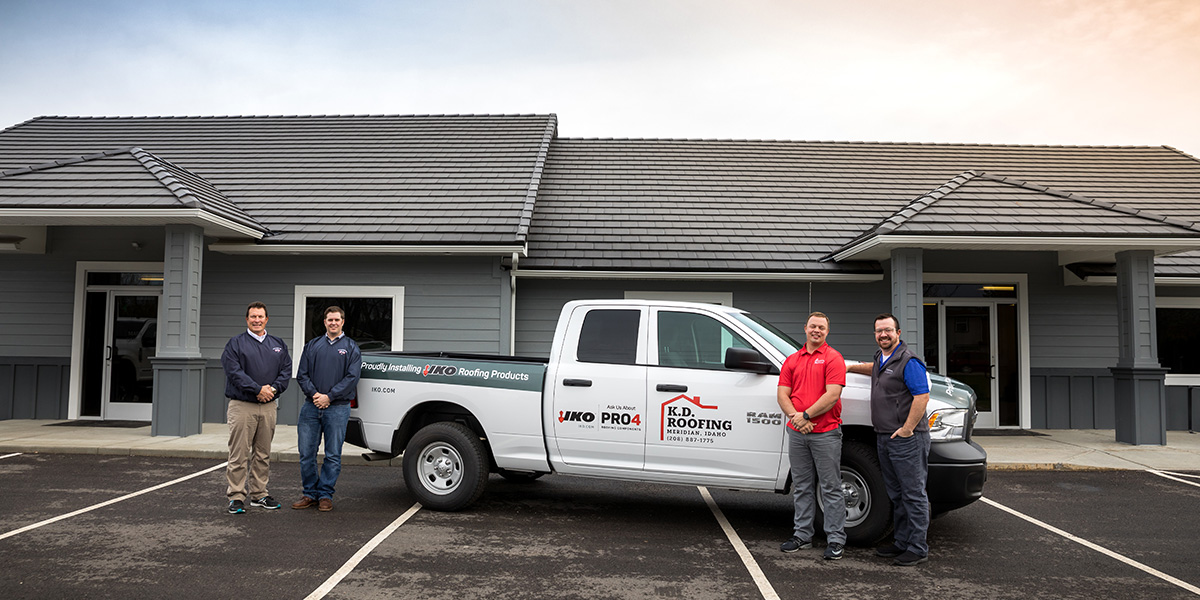
To find a local roofing contractor, homeowners will typically search Google or a site, such as HomeAdvisor or HomeStars, then visit the company’s website and read the testimonials or reviews. They may also check to see if the company is listed – in a good way or bad – with the Better Business Bureau.
Never overlook the importance of making a good first impression. Clean, branded vehicles and uniforms, professionally produced marketing materials, a welcoming and orderly store space (if you have one), and friendly, courteous staff members work together to create and reflect your professional image.
Unfortunately, there is no shortage of unscrupulous storm-chasers and fly-by-night roofers. These people tend to show up in areas away from their own communities and operate out of their vehicles. They generally lack the necessary insurance and certifications. Their installers may be paid cash under the table in order to avoid paying employment taxes or benefits.
As a reputable roofing contractor, DO help educate your prospects by making them aware of these charlatans. Perhaps create a checklist of questions they should ask before engaging any roofer.
What Kind of Insurance Should a Contractor Have and Why?
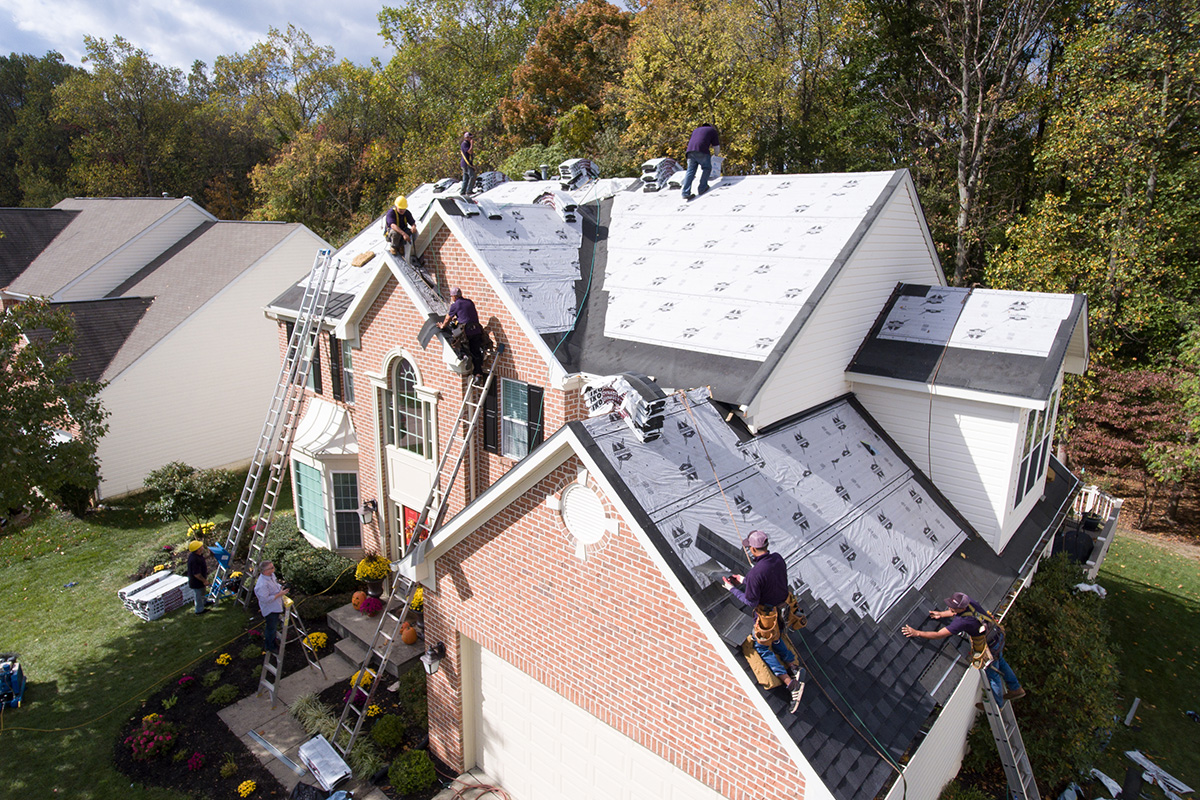
Many things can go wrong when installing roof shingles. Safety is always job one, and that’s why it’s so important for homeowners to make sure that the roofing contractor they hire is fully covered by the appropriate, up-to-date types of insurance.
Moreover, contractors should ensure that their crews receive adequate, regular training and use safety harnesses, roof ropes and other gear that’s frequently checked to be in good repair.
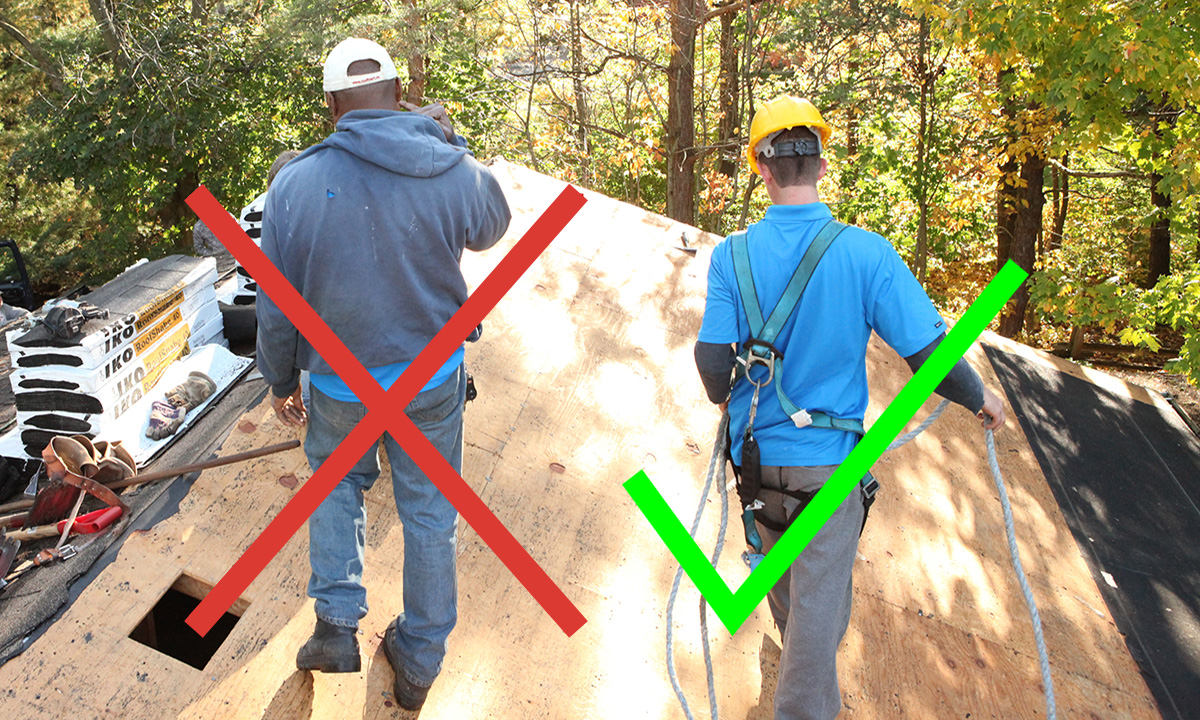
Insurance requirements vary widely. DO be sure that your roofing company complies with all federal, state or provincial and municipal laws. Here are some insurance types you may need.
Please note that while contractors should consider carrying all types of insurance, as listed below, homeowners will be most concerned that you have general liability and worker’s compensation insurance. Always include proof of such insurance when you make your initial presentation to prospects.
Here are some types of insurance you should consider:
- General liability insurance.
This covers accidents causing injury or damage to customers, passers-by or customers’ property. Ensure that you’re not over- or under-insured, especially the latter. - Workers’ compensation insurance.
This covers the types of accident described above when incurred by your employees on the job. - Property and auto insurance.
These policies are well understood to be necessary to cover damages and loss in the event of vehicle accidents, vandalism of your office or place of business, etc.
DO include the types of insurance coverage you have when you craft your proposals and contracts.
How Will Your Crews Protect the Homeowner’s Property?
Installing roof shingles is a messy business as you remove the old shingles and it’s noisy as you nail down new ones. DO show consideration for your homeowner’s property and family. Doing so can further enhance your professional image. DO let them know what to expect in terms of disruption and explain how you and your crews will do your best to minimize it.
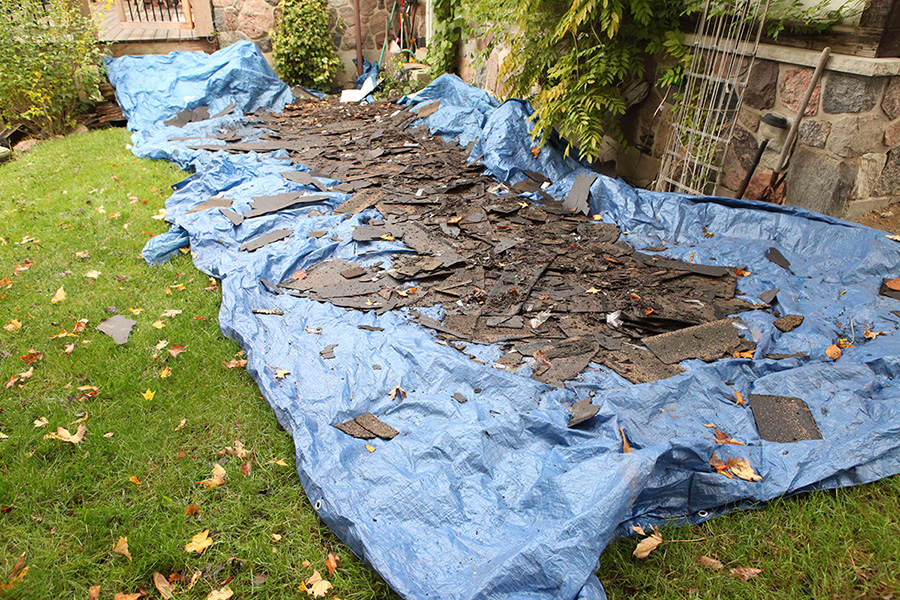
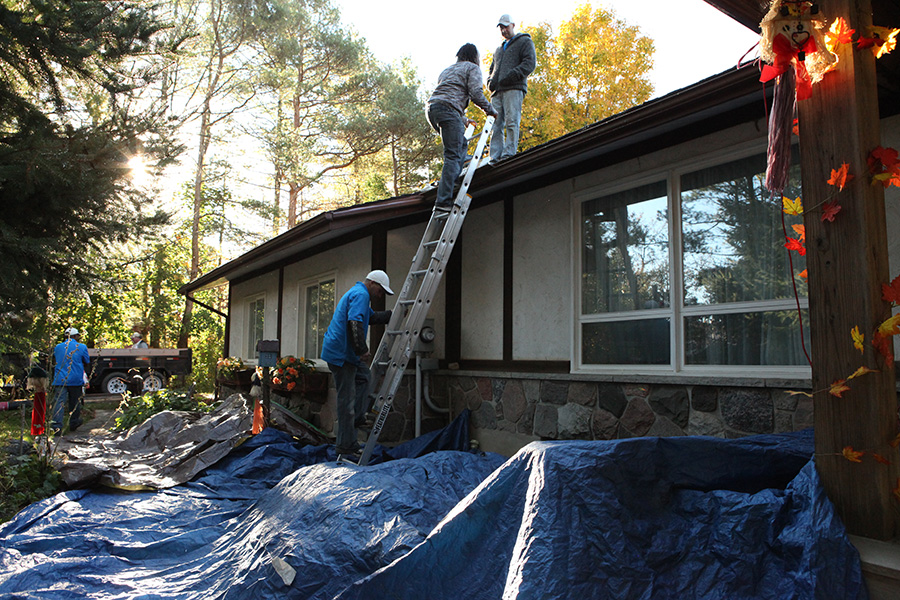
We recommend the following:
- Before you start tearing off the old roof, DO cover shrubbery, flower beds and other landscape features as well as pools, hot tubs and any vehicles in the driveway.
- DO regularly remove roofing nails, especially from driveways, sidewalks and patio areas where children, pets or vehicles may be at risk of harm or damage.
- DO keep the jobsite tidy when working and especially at the end of the work day. Dispose of packaging materials, old shingles and trimmed-off pieces of new ones. Store your tools and equipment away overnight, not only for safety’s sake, but for theft prevention.
How Do You Respect the Homeowner’s Time?
Ideally, you and the homeowner will have established a timetable in advance that works for both of you and you’ll be able to complete the job in the agreed-upon time. But be prepared for the unexpected. The family may be called away for some reason. An at-home worker might need quiet to take a business call.
Communication is key to solving these issues. DO encourage the homeowner to let you know of any circumstances that might affect your workday – and theirs – and plan accordingly. For example, if a homeowner needs quiet for a certain time, perhaps your crew could take its lunch break then.
Some Roofers Cut Corners. How Does Your Crew Do Things Right?
Professional roofing contractors understand that installing asphalt shingles properly the first time means fewer call-backs to correct mistakes later. Roofers who cut corners to save time or money up front stand to lose both eventually, as well as harm their reputation and risk missing out on potential future sales.
We’ve compiled a brief list of some key items of what NOT to do, based on some real-life examples of corner-cutting roofers.
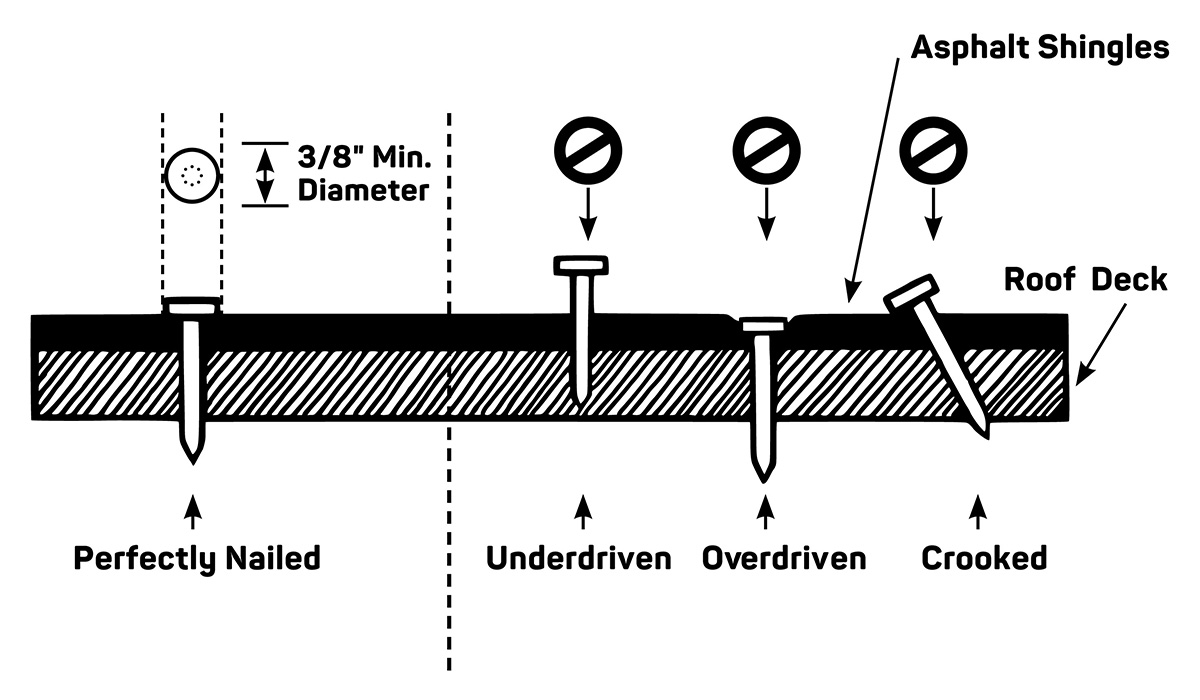
- Do NOT underdrive or overdrive nails.
This can occur when installers try to work too quickly to save time. When nails are underdriven, the shingles aren’t properly attached and are prone to uplift. When they’re overdriven, they can make the shingle more susceptible to nail pull-through in high wind. - Do NOT place nails incorrectly.
Again, when installers work too fast, they risk placing their nails in the wrong positions. Asphalt shingles have nail guide lines printed, yet haste can result in nails being driven above or below where they need to be. - Do NOT be stingy when installing drip edge.
To save material, some roofers will lay drip edge with an overlap as small as 1/8 inch wide. The overlap should be at least 1 inch. - Do NOT shingle a roof whose gutters and eavestrough are clogged.
Take the time to clear them of leaves and other debris.
DO check out IKO’s expert tips and advice on proper shingle installation, roof flashing installation, roof ridge vent installation so you and your crews can do it right the first time.
You can also benefit from reading these articles on six steps you can take to minimize call-backs after installing a shingle roof and how to respond to negative reviews.
Can a Homeowner Count on Your Honesty When Things Go Wrong?

We all make mistakes; it’s how we take ownership and correct them that counts. Whether you or your installers truly did make a mistake or the homeowner thinks that you did is irrelevant.
The most successful roofing contractors create a working environment of mutual trust and respect, where employees’ concerns can be aired without fear of reprisal and where their opinions, input and ideas are genuinely valued.
When people know that you have their back and best interests at heart, they will not be afraid to share when things go wrong or they make a mistake. You need them to tell you.
Always DO take the time to listen to both sides of an issue and focus on the behavior or problem, rather than on the person, then devise an effective solution.
Chances are that you will have developed a sense for the homeowner’s personality and attitude during your initial presentation. Difficult customers generally send up red flags early in the process, and you have every right not to accept a project if your intuition senses potential trouble.
If you or your installers do make a mistake, devise your best solution in correcting it and advise the homeowner immediately. Don’t tell the homeowner there’s a problem without being able to suggest a viable solution; but be open to considering other alternatives the homeowner might suggest as well.
Click here for more tips and information to help you and your crews install it right.
Professional Roofing Contractors!
IKO offers a benefit-rich loyalty program that includes getting leads sent directly to your desktop or mobile device in real time. There are three levels of membership in the IKO ROOFPROTM program:
Preferred, Select and Craftsman. Each offers you a special discount from HomeAdvisor/HomeStars to get, track and manage leads. Last year, HomeAdvisor received over 1.4 million roofing project requests.
Want in? Click here to register, find out more and see if you qualify.

